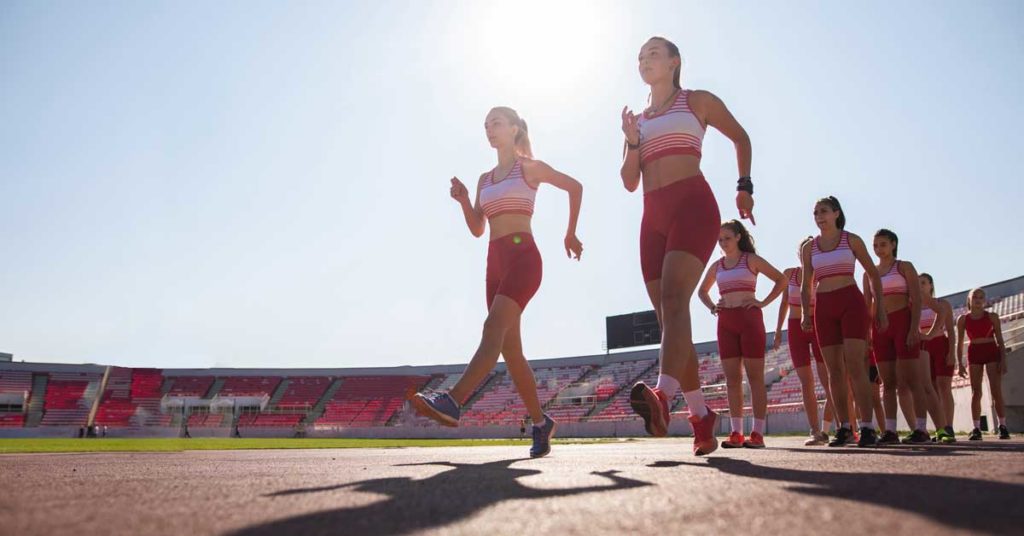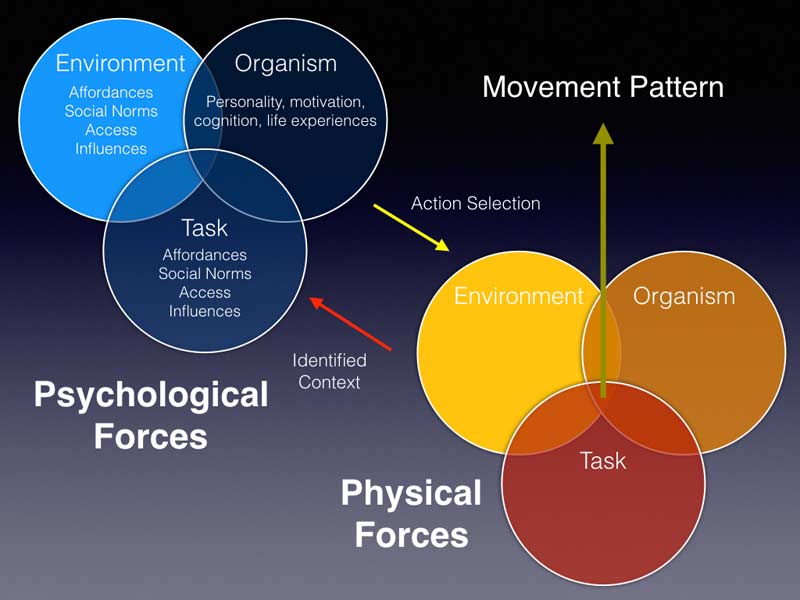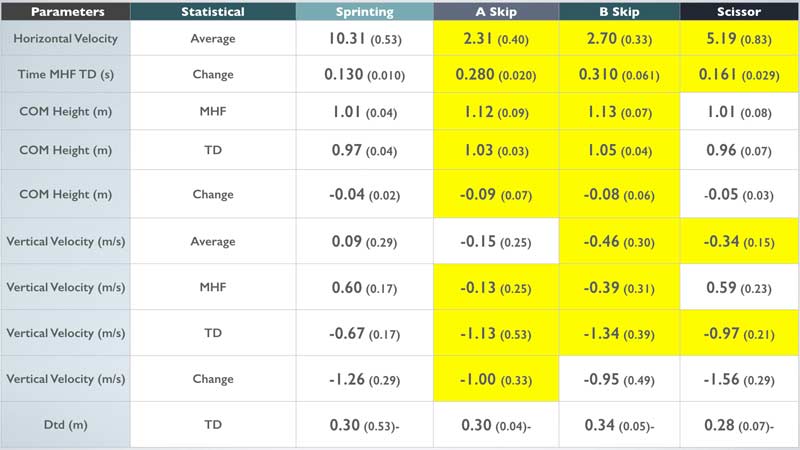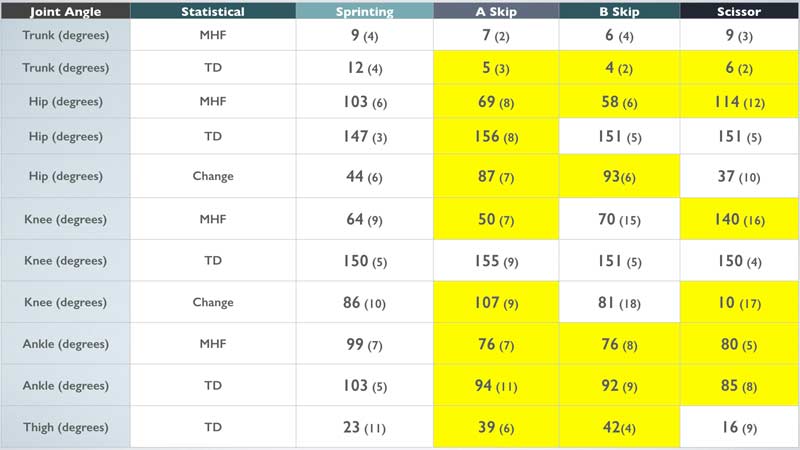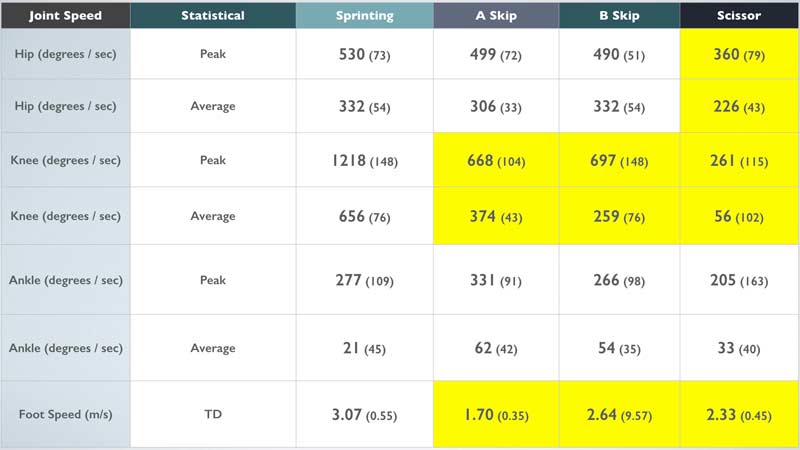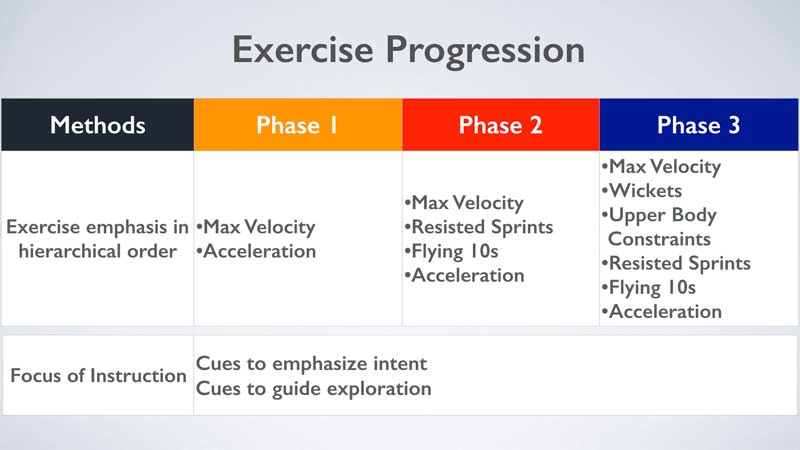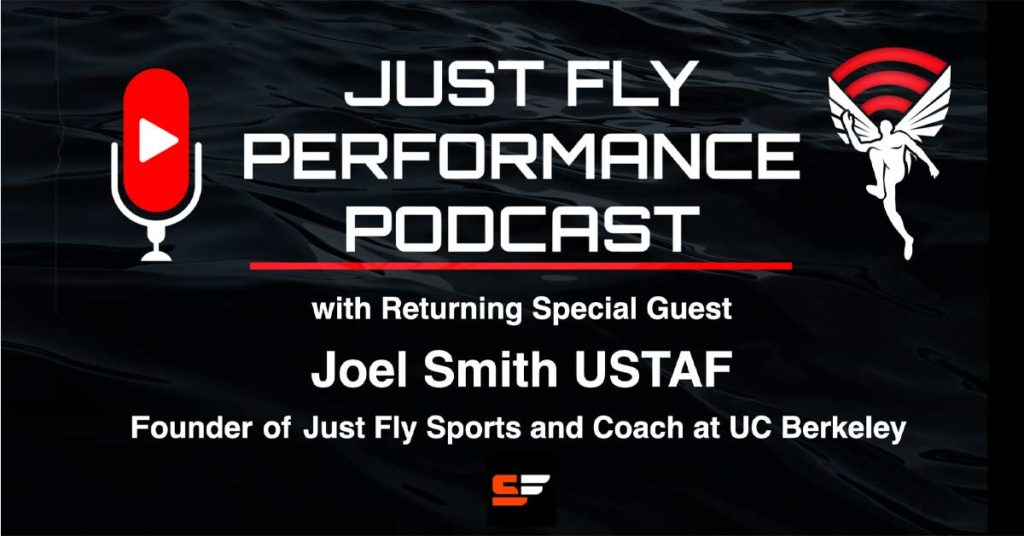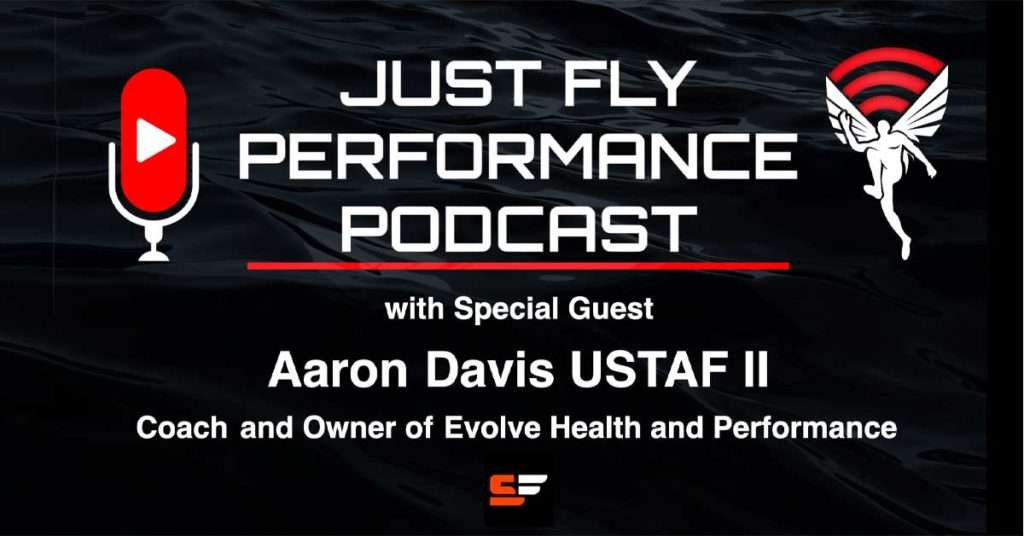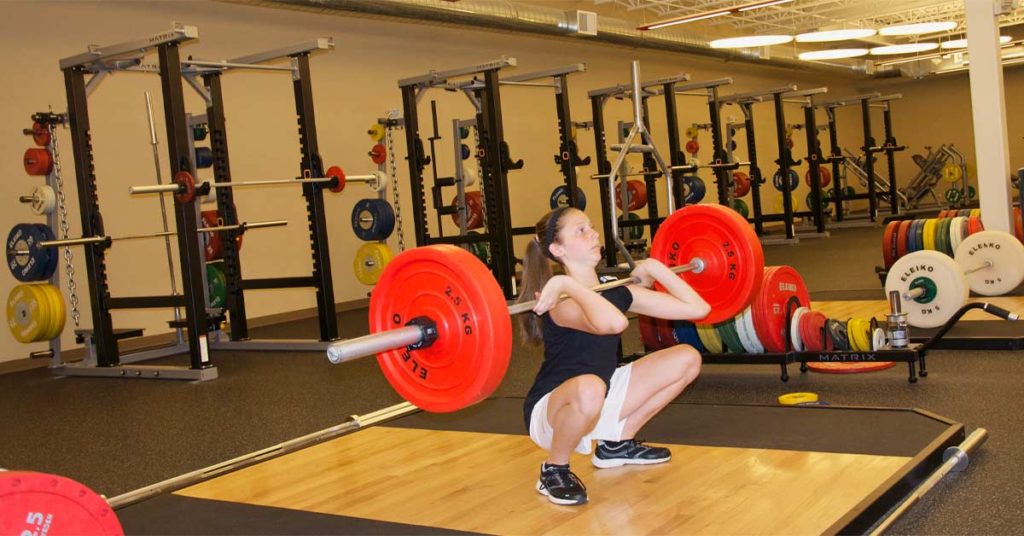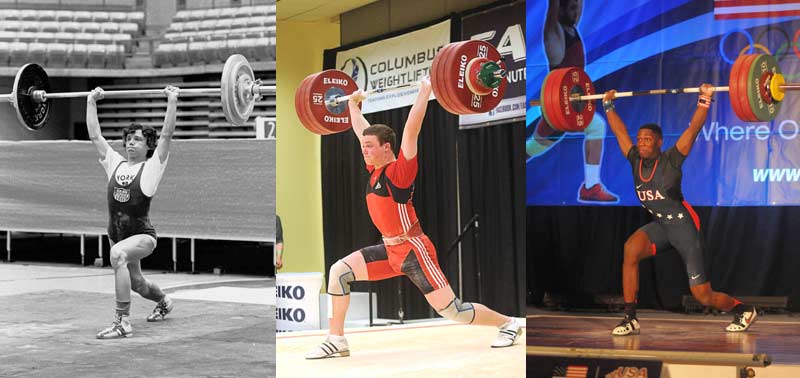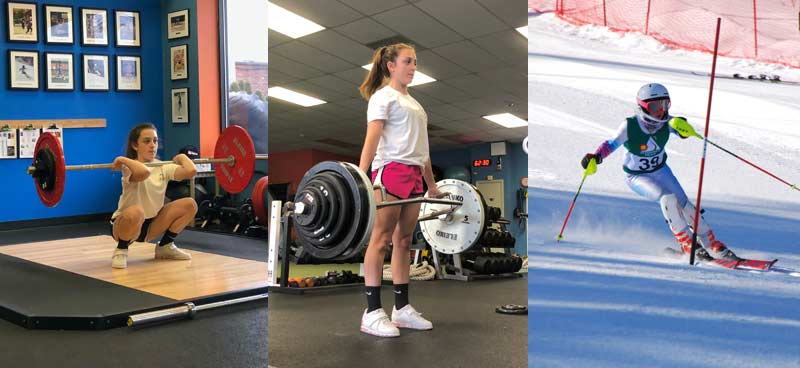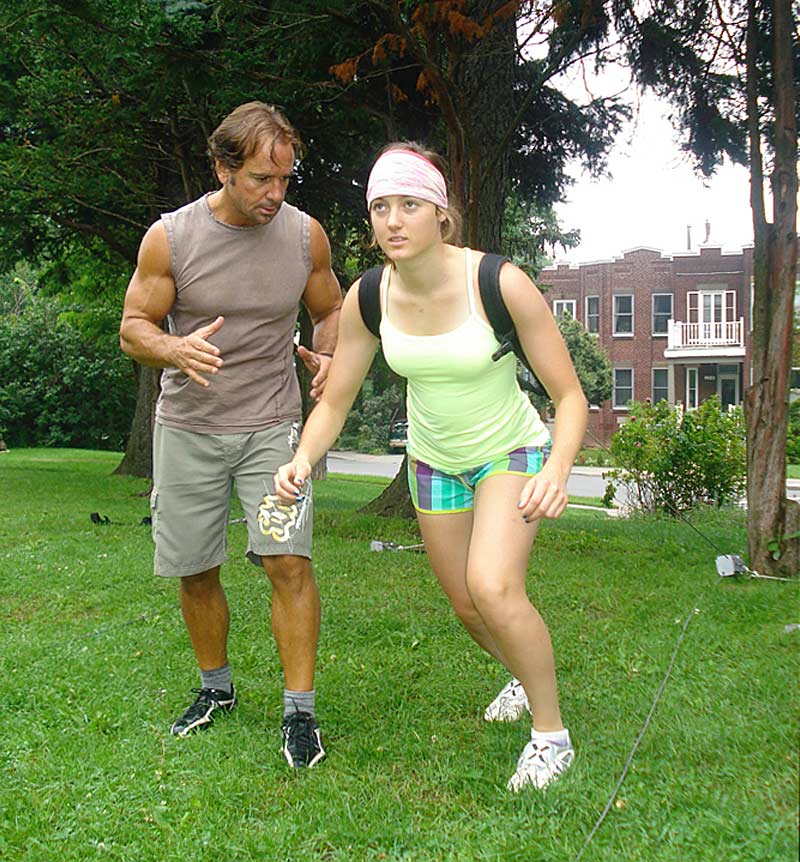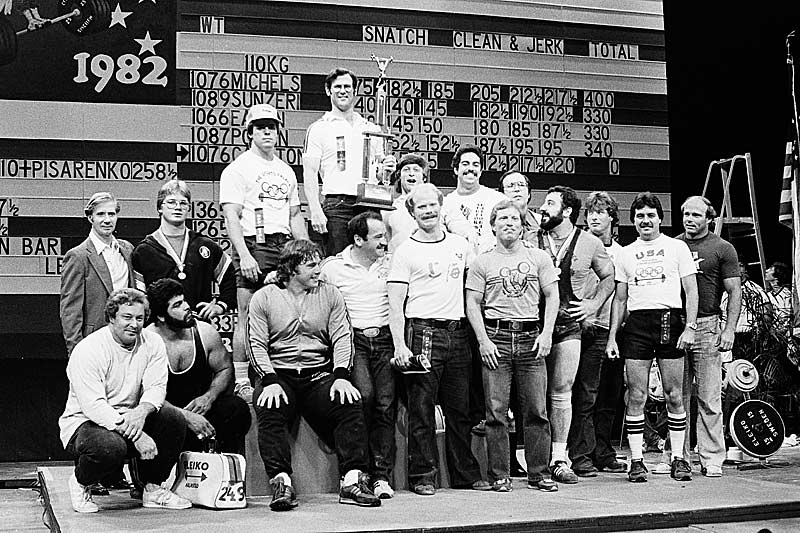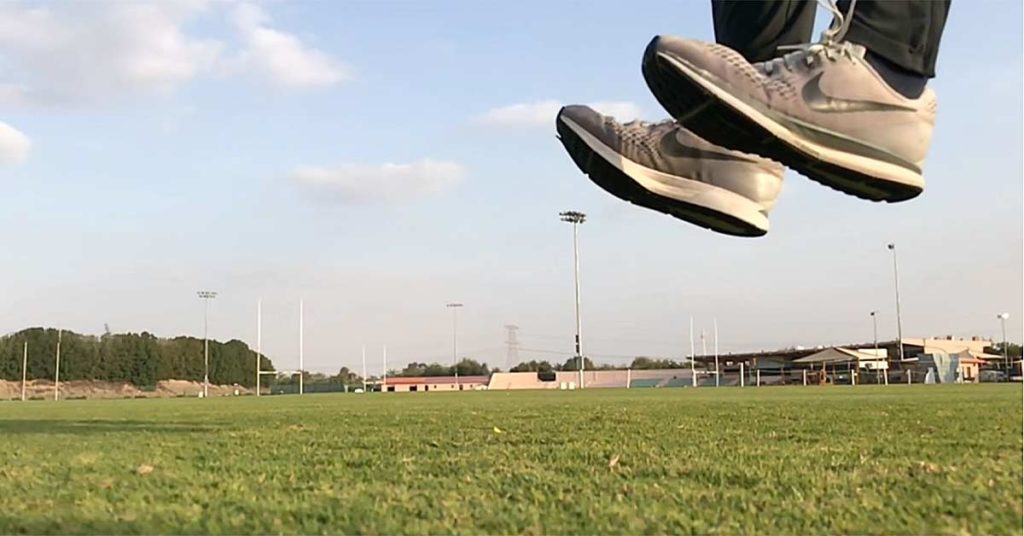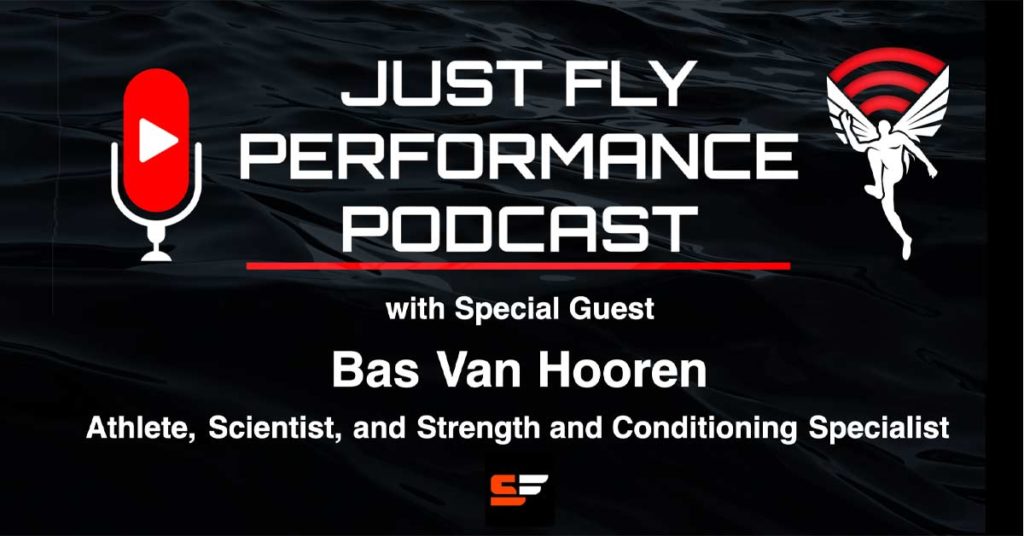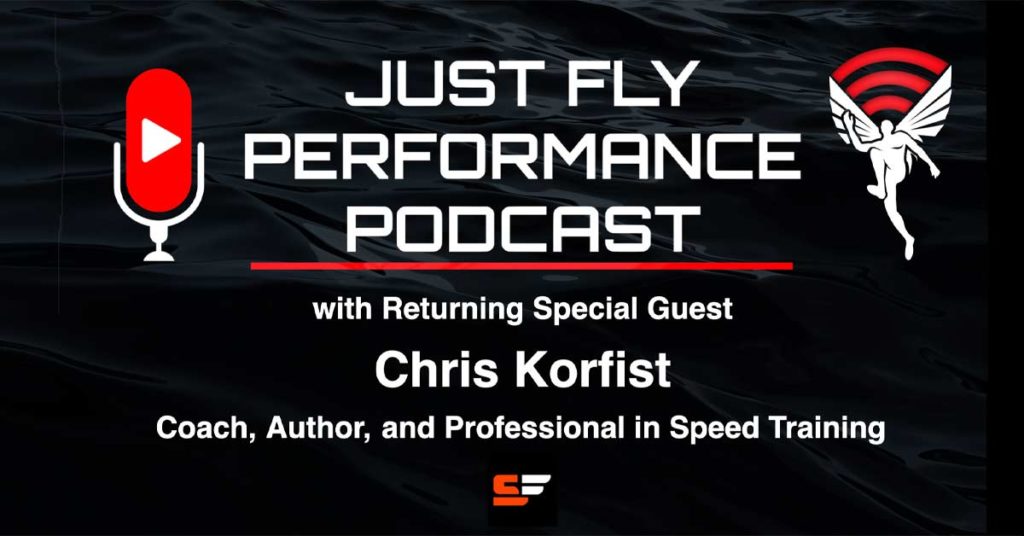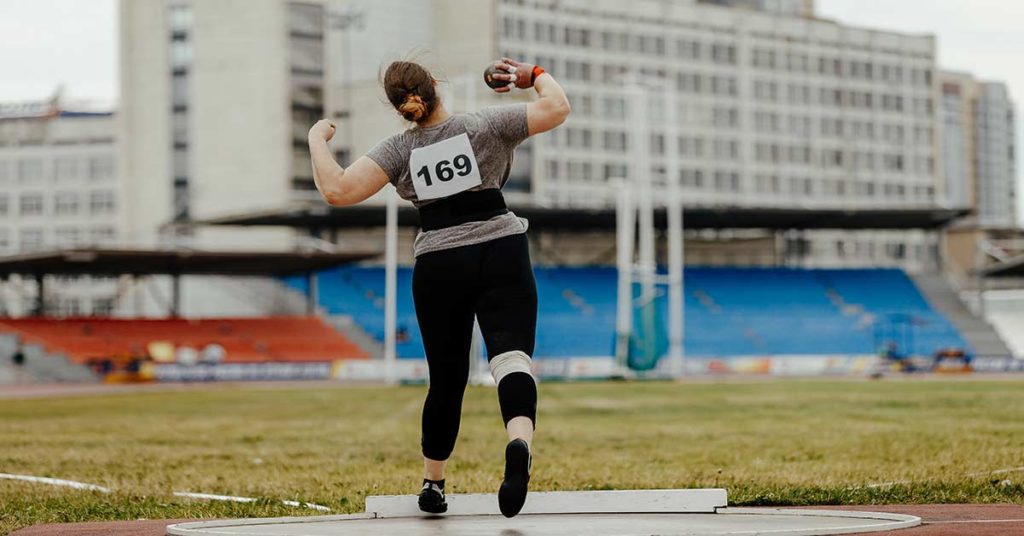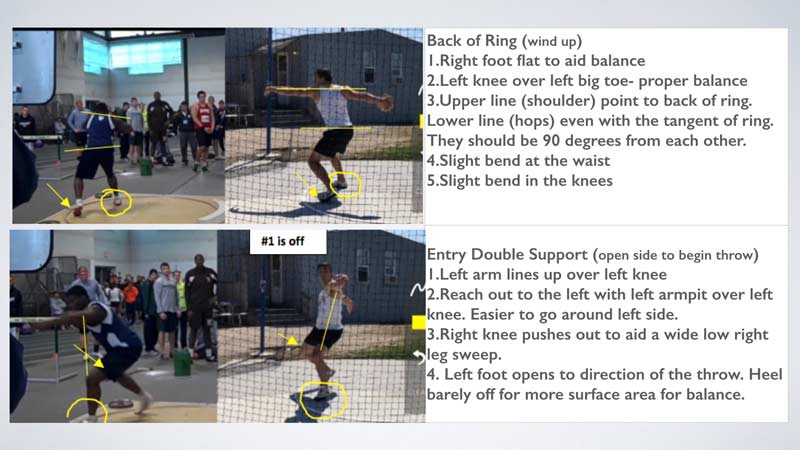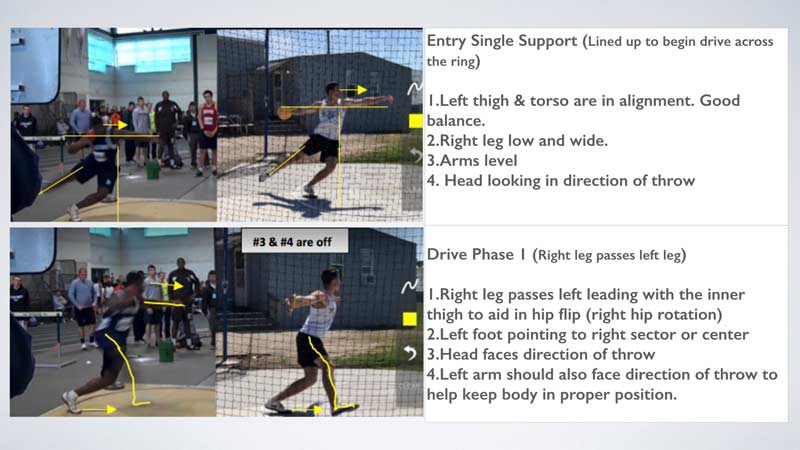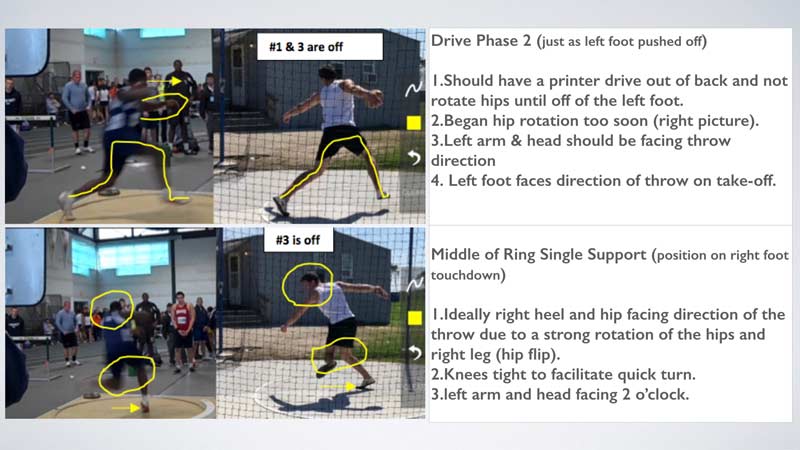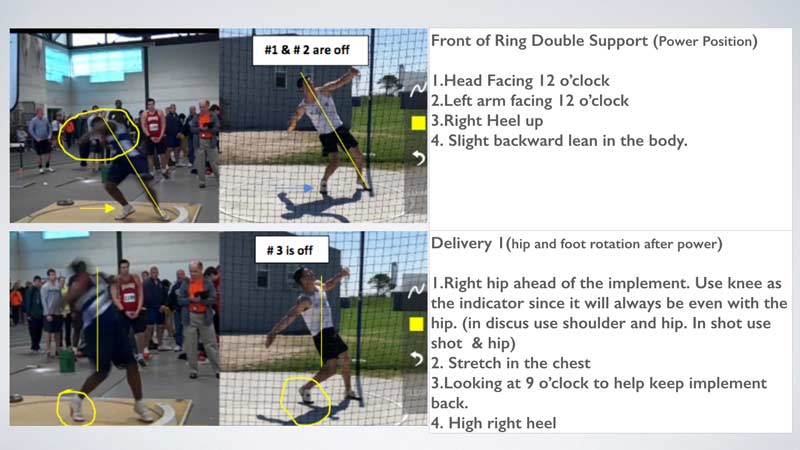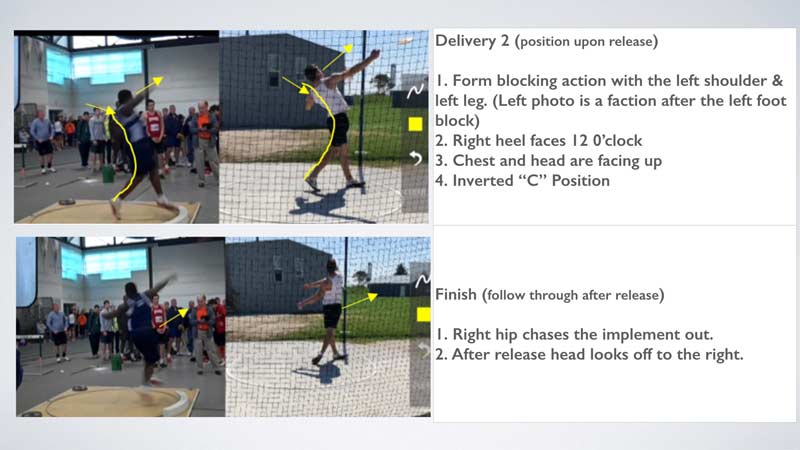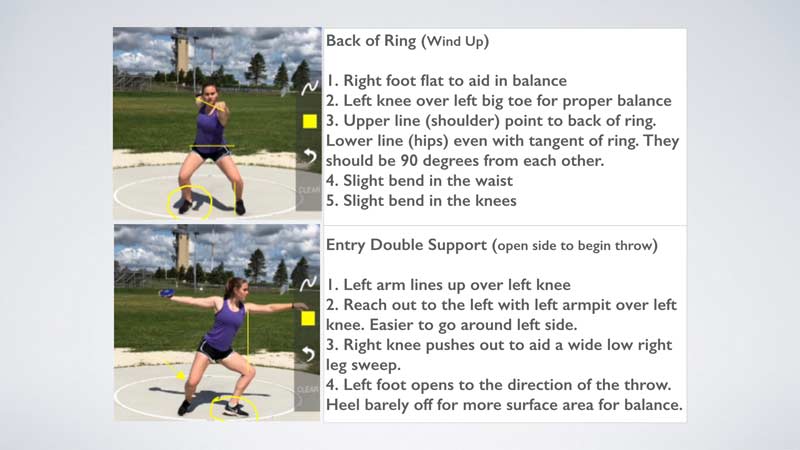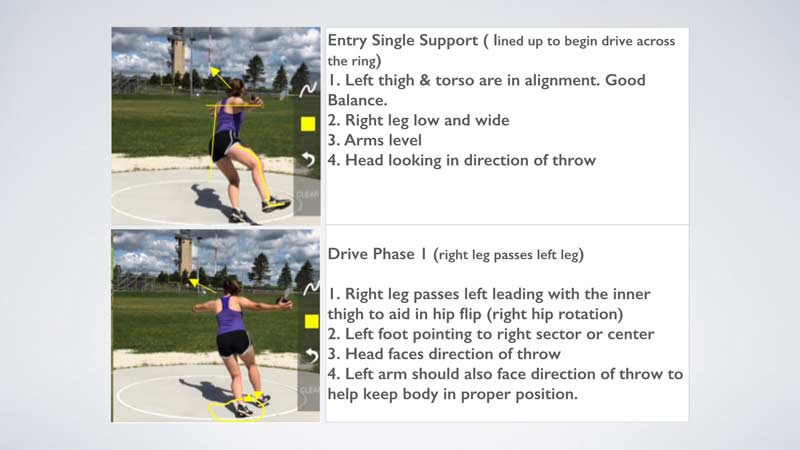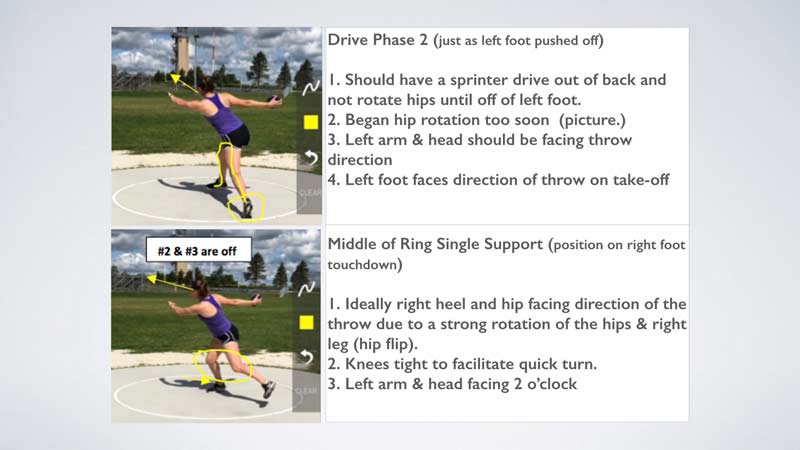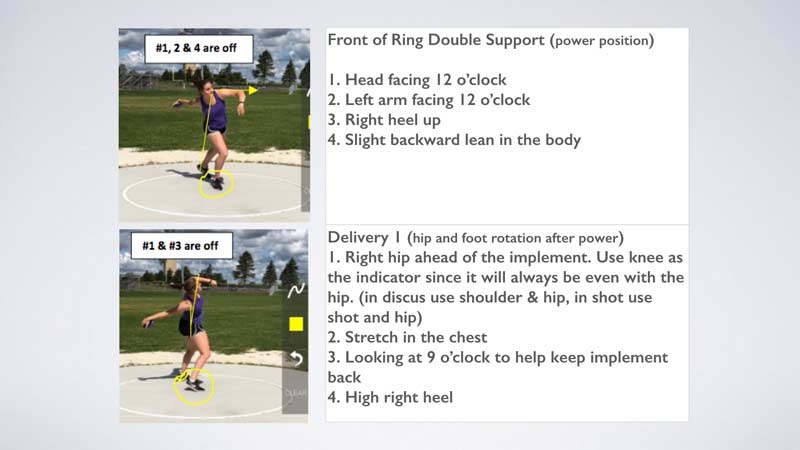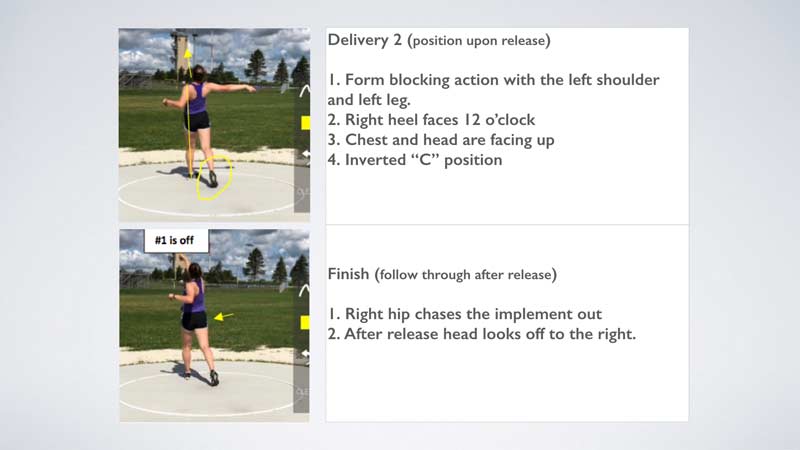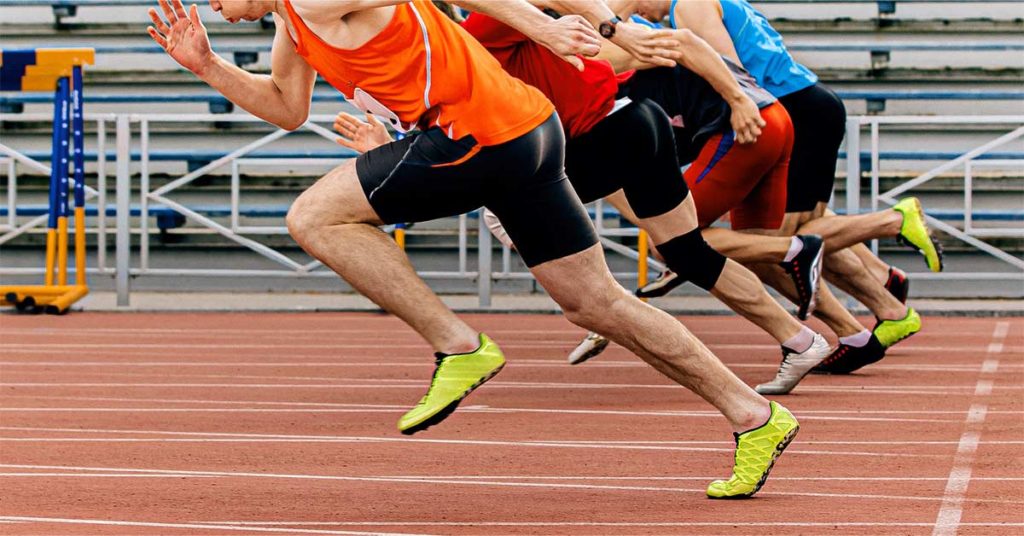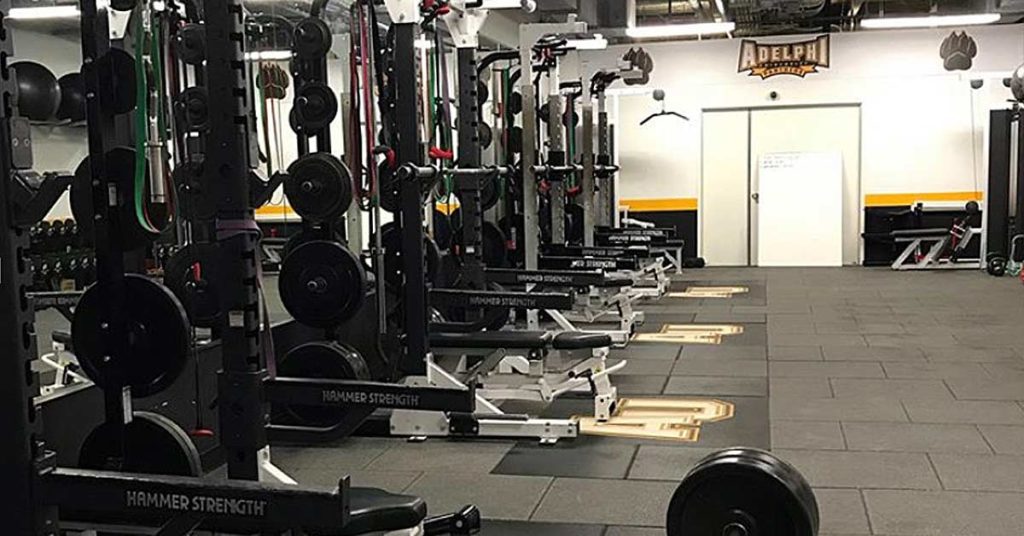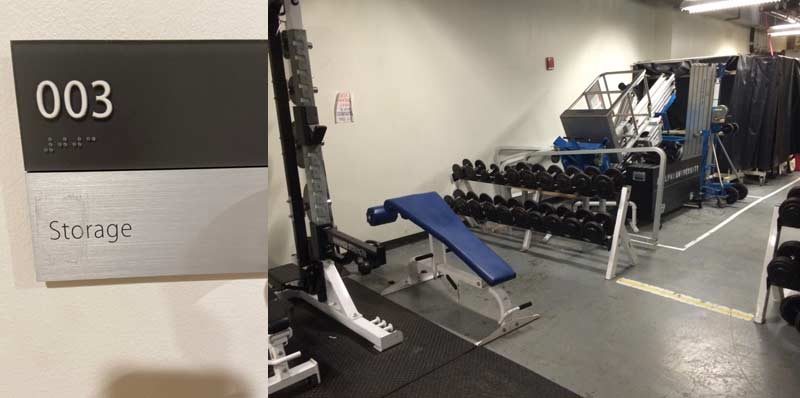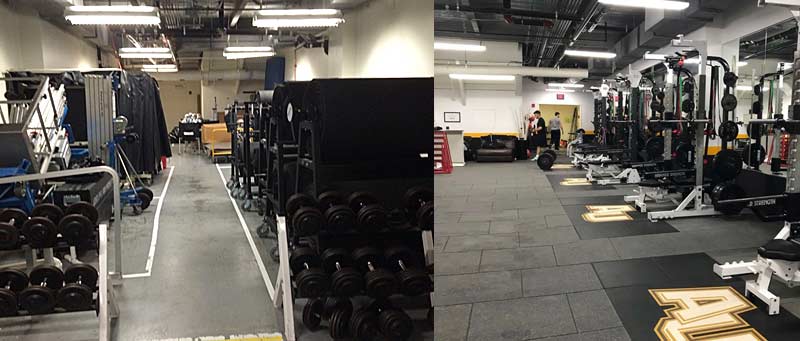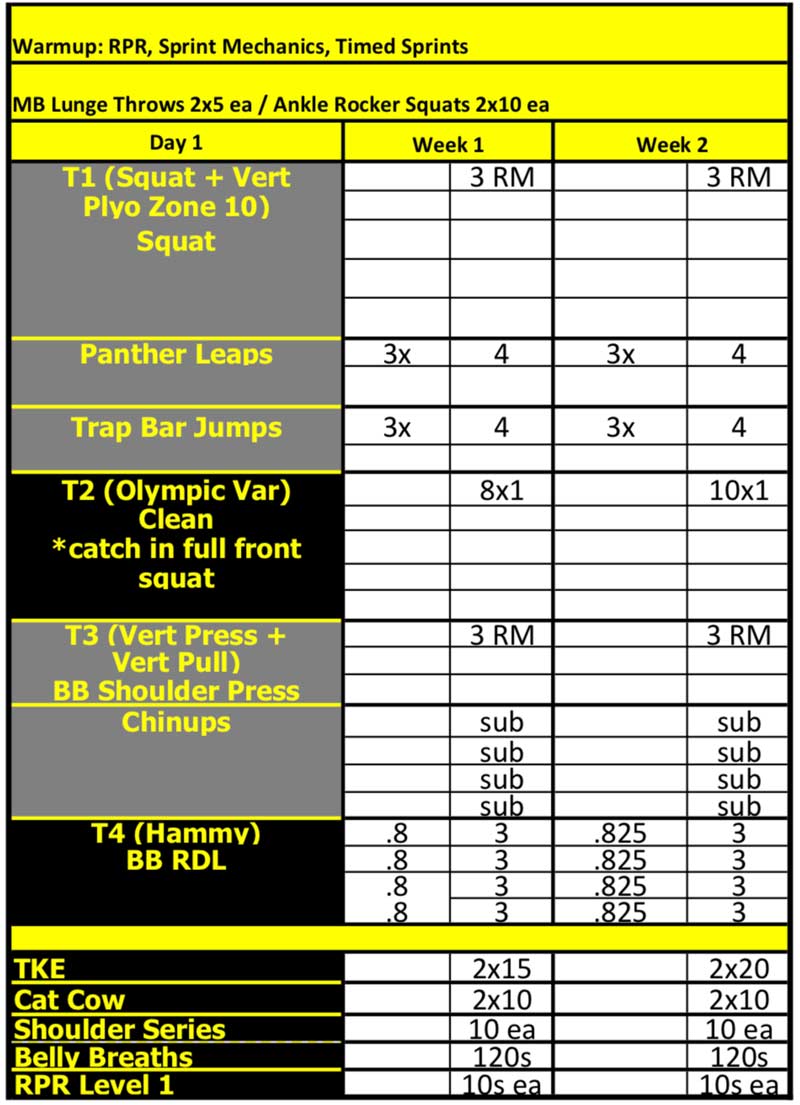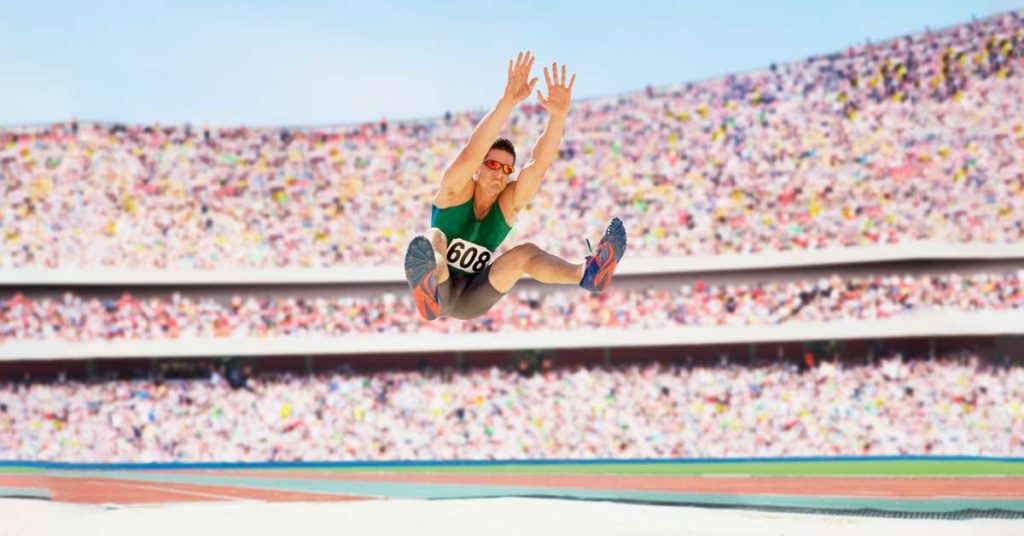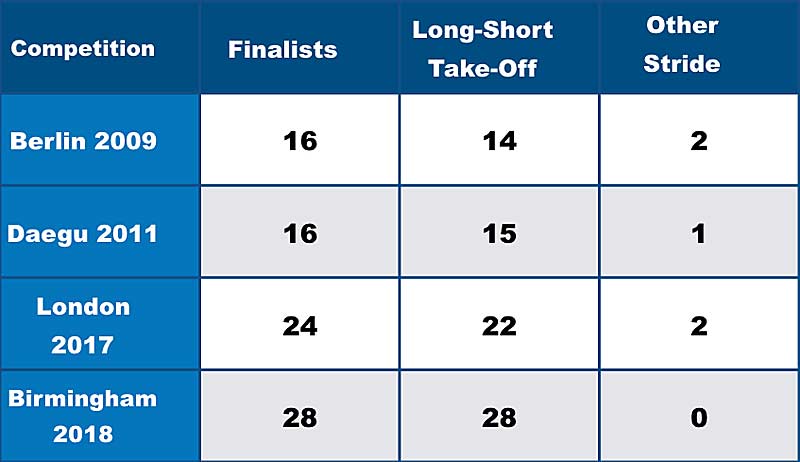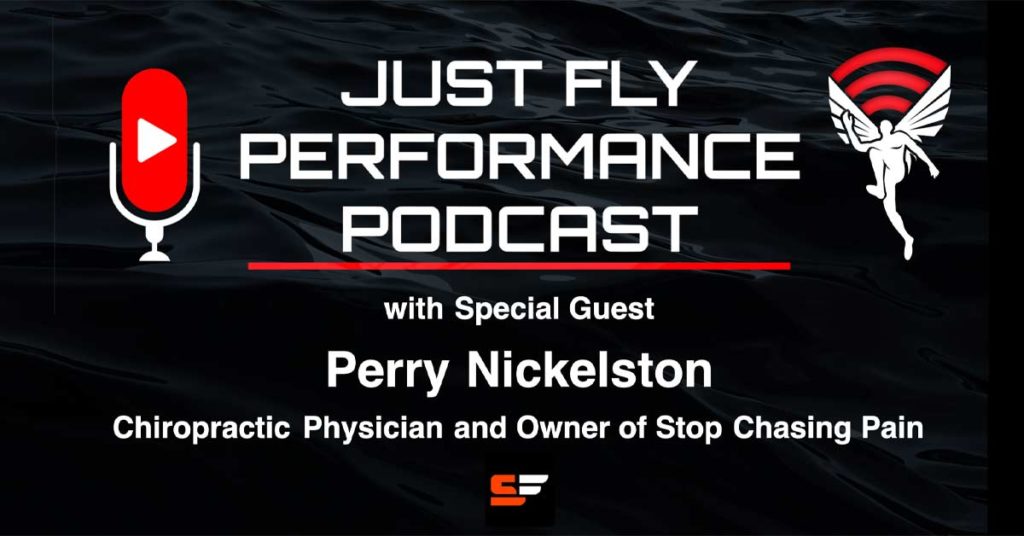
Dr. Perry Nickelston is a chiropractic physician with a primary focus on performance enhancement, corrective exercise, and metabolic fitness. He is the owner of a pain education company called Stop Chasing Pain and the co-owner of Functional Health Solutions. His company is dedicated to teaching people how to move smarter, move better, and feel great. Dr. Nickelston is the creator of the Primal Movement Chains: Moving Beyond Mobility course.
Perry earned his D.C. from Palmer College and trained at The American College of Addictionology and Compulsive Disorders. He has expertise in myofascial, orthopedic, medical, and trigger point soft tissue therapy. Dr. Nickelston is a member of the Board of Directors and Medical Staff Advisor for the American Institute of Medical Laser Application. He is certified and trained as a Functional Movement Specialist (FMS) and Selective Functional Movement Assessment Specialist (SFMA).
Dr. Perry explains in-depth his philosophy on not going down the same old path to enhance core functional movements. He discusses modern corrective and activation-based performance paradigms. While much of his discussion originates in therapy, it has strong implications for every aspect of athletic performance programming.
In this podcast, Dr. Perry Nickelston and Joel discuss:
- How pain is the body’s request for change.
- Common mistakes made when trying to conquer pain and soreness.
- The minimum effective dose for corrective exercise.
- The importance of avoiding pain when learning basic movement patterns.
- Monitoring the nervous system.
- The brain and performance.
Podcast total run time is 1:01:05.
Keywords: neuroscience, brain training, central nervous system, corrective


